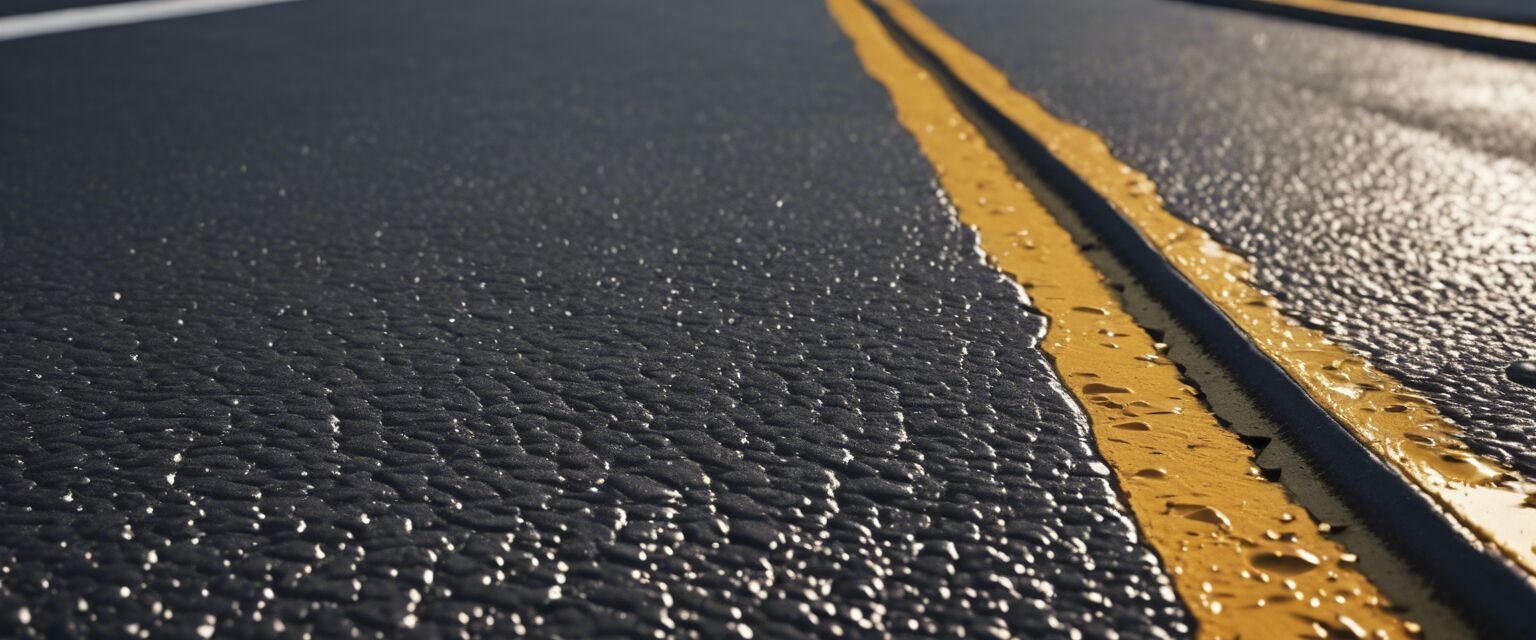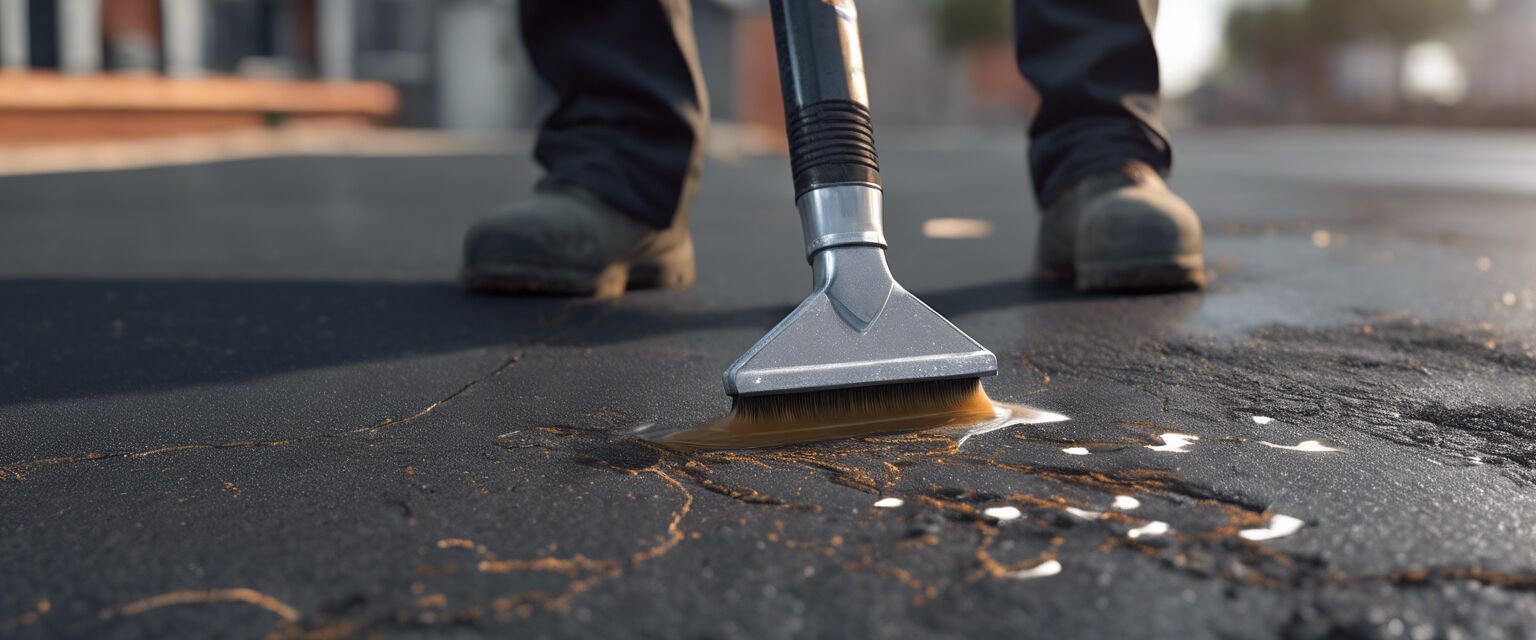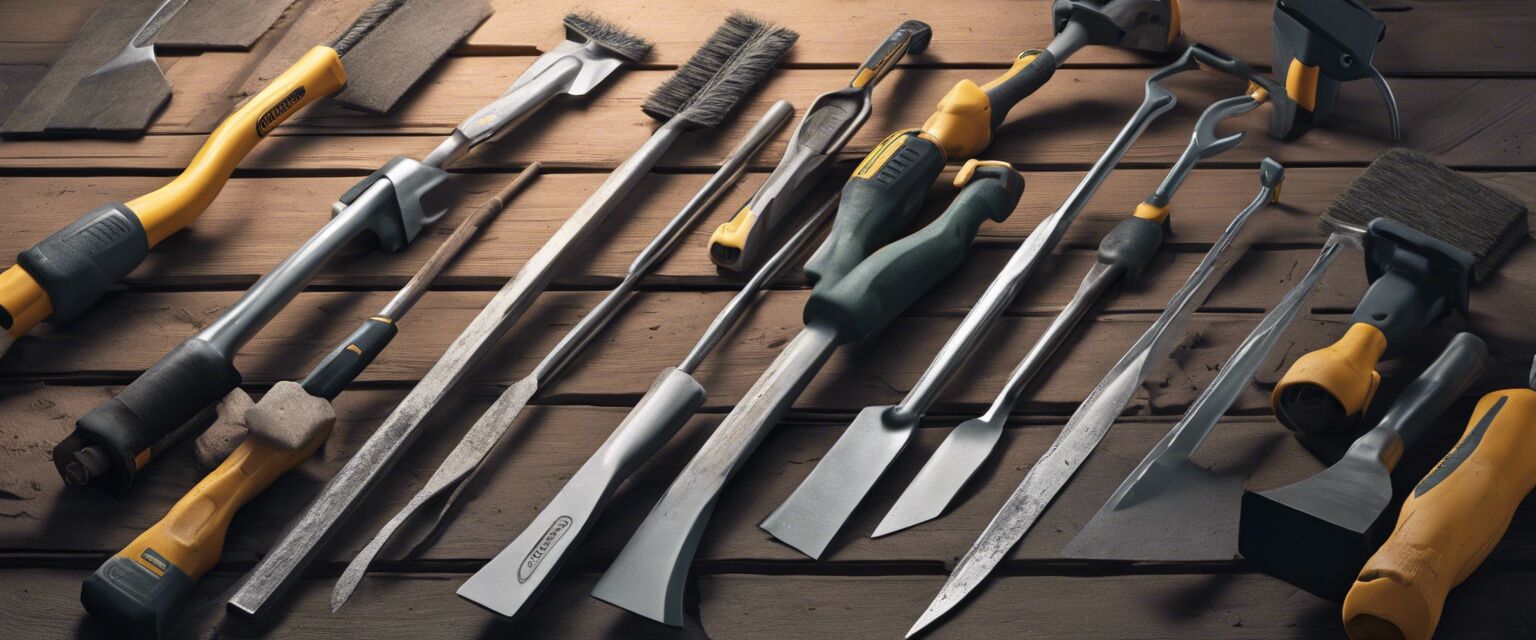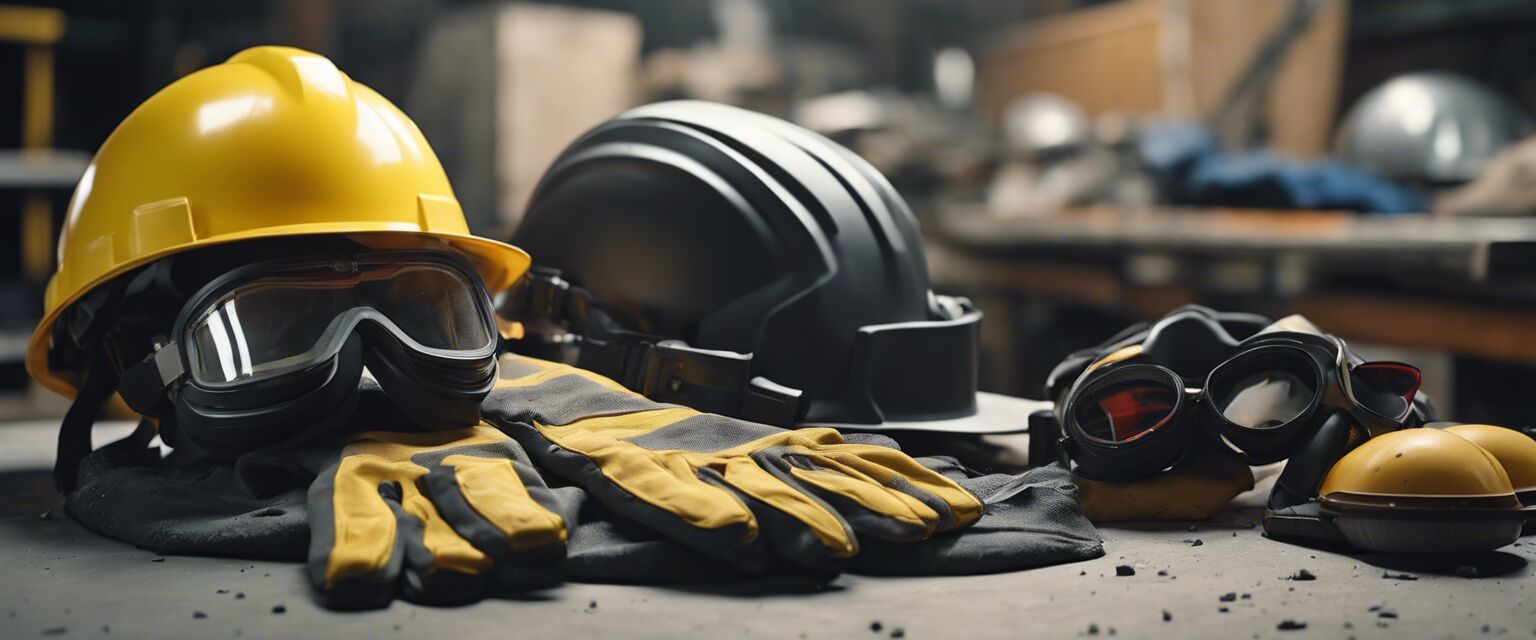
Sealants and Crack Fillers
Key Takeaways
- Sealants protect asphalt surfaces from water, UV rays, and wear.
- Crack fillers are essential for repairing existing damage.
- Choosing the right product ensures durability and longevity.
- Application techniques can affect the effectiveness of these products.
- Regular maintenance prolongs the life of asphalt surfaces.
Sealants and crack fillers are vital components in the maintenance and repair of asphalt surfaces. Properly applied, they can significantly extend the life of your pavement, saving you time and money in the long run. This comprehensive guide will delve into the various types of sealants and crack fillers available, their applications, and tips for effective use.
Understanding sealants and crack fillers
Before we explore specific products, it's essential to understand the basics of sealants and crack fillers.
| Term | Description |
|---|---|
| Sealants | Sealants are protective coatings applied to asphalt surfaces to prevent water intrusion, UV damage, and wear from heavy traffic. |
| Crack Fillers | Crack fillers are substances used to fill and repair cracks in asphalt, preventing further damage and deterioration. |
Types of sealants
Sealants come in various formulations, each with unique benefits. Below are some common types:
- Acrylic sealants: Water-based, easy to apply, and environmentally friendly.
- Coal tar sealants: Durable and effective against chemicals but may have environmental restrictions.
- Asphalt emulsion sealants: Provide good protection and are less toxic; ideal for residential use.
- Rubberized sealants: High elasticity and flexibility, suitable for areas with extreme weather changes.

Types of crack fillers
Crack fillers vary depending on the severity of the damage and the type of asphalt. Here are the main types:
- Hot pour crack fillers: Melted rubberized asphalt that is poured into cracks; ideal for larger fissures.
- Cold pour crack fillers: Ready-to-use liquid fillers; suitable for small cracks and DIY projects.
- Polyurethane fillers: Flexible and durable, perfect for areas with significant temperature fluctuations.
- Asphalt-based fillers: Designed for quick repairs and sealant compatibility.
Application techniques
Proper application of sealants and crack fillers is crucial for their effectiveness. Here are some tips:
- Clean the surface: Remove dirt, debris, and any previous sealant.
- Dry the area: Ensure the surface is completely dry before application.
- Apply the filler: Use a caulking gun for precision in filling cracks.
- Spread sealant evenly: Use a squeegee for an even application of sealant.
- Allow drying time: Follow manufacturer's instructions for drying times.

Benefits of sealants and crack fillers
Utilizing sealants and crack fillers provides numerous advantages, including:
- Enhanced durability against weather conditions.
- Extended lifespan of asphalt surfaces.
- Improved aesthetic appeal of paved areas.
- Reduced repair costs in the long term.
- Prevention of more extensive damage due to neglect.
Comparing sealants and crack fillers
| Product Type | Best For | Application Method | Durability |
|---|---|---|---|
| Acrylic Sealant | Residential Use | Brush, Roller | 2-3 Years |
| Coal Tar Sealant | Commercial Use | Spray, Squeegee | 3-5 Years |
| Hot Pour Crack Filler | Heavy Traffic Areas | Pour | 5+ Years |
| Cold Pour Crack Filler | DIY Projects | Caulking Gun | 1-3 Years |
Maintenance tips for longevity
To ensure the longevity of your asphalt surfaces, follow these maintenance tips:
- Regularly inspect for cracks and damage.
- Clean the surface to prevent debris accumulation.
- Reapply sealant every 2-3 years or as needed.
- Address cracks promptly to prevent further damage.
- Consider professional help for extensive repairs.
Conclusion
Sealants and crack fillers are essential tools for maintaining the integrity and appearance of asphalt surfaces. By understanding the different types available and following best practices for application and maintenance, you can ensure your pavement remains durable and visually appealing for many years to come.
Tips for beginners
- Start with small areas to practice your application technique.
- Invest in quality tools for a better finish.
- Always follow product instructions for best results.
- Consult online resources for detailed guides and videos.
Pros
- Protects asphalt from weather damage.
- Easy to apply with the right tools.
- Cost-effective maintenance solution.
- Improves the appearance of asphalt surfaces.
Cons
- Requires regular reapplication.
- Improper application can lead to failure.
- Some products may have environmental impacts.
For more information on asphalt paving, check out our other guides on asphalt mixes and additives, pavers and rollers, paving tools, and maintenance equipment.










